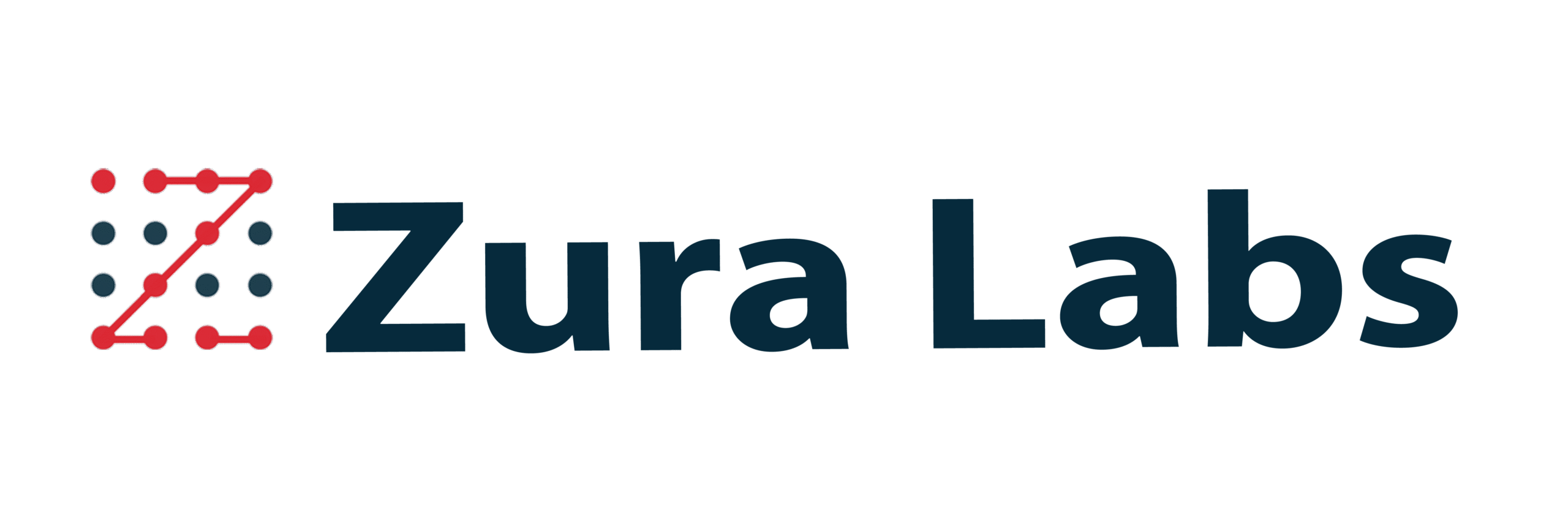The role of MRO has expanded far beyond fixing what’s broken. Reliability and maintenance professionals are increasingly relying on AI, predictive analytics, and real-time automation to proactively manage operations, cut costs, and boost asset reliability. No more waiting for failures to strike. Modern MRO strategies allow teams to foresee breakdowns, reduce downtime, control rising costs, and get the best out of both machines and people.
By tapping into techniques like survival analysis, downtime forecasting, anomaly detection, and intelligent inventory management, MRO leaders now have the tools to plan smarter, act faster, and make decisions that drive long-term value
We throw some light on how modern MRO strategies powered by AI, Predictive Analytics, and Automation are transforming equipment reliability, cost efficiency, and workforce productivity.
Equipment Failure
The MRO space has evolved in how it approaches equipment failure. In the past, maintenance crew would only act after a breakdown occurred, often resulting in costly downtime. With advancements in predictive maintenance techniques, MRO professionals can now identify the likelihood of equipment failure before it happens, enabling more proactive and reliability-focused interventions. Techniques like Survival Analysis, Remaining Useful Life, Root Cause Analysis help teams make informed decisions, reduce unplanned outages, and extend asset life.
Downtime
Traditional maintenance approaches often resulted in frequent and prolonged downtime. Today, with continuous equipment monitoring and advanced algorithms, maintenance needs can be predicted more accurately. This allows teams to plan interventions before failures occur. With expertise in Downtime Events and Forecasting, MRO teams gain real-time visibility into equipment issues. This allows them to spot patterns early, act quickly, and significantly cut down on unplanned downtime.
Operational Costs
Reactive maintenance practices often led to unexpected repairs and escalating operational costs. The adoption of condition-based maintenance, powered by real-time data, has enabled MRO teams to optimize maintenance schedules and reduce unnecessary spending. With expertise in areas like Budget Vs Expenses, Maintenance Cost Anomalies teams are better equipped to control costs and make informed financial decisions.
Skilled Personnel
Reactive maintenance often made it challenging to allocate skilled personnel efficiently, leading to gaps in workforce utilization. The integration of modern technologies like IoT sensors and AI has enabled MRO teams to work smarter, not harder. With deeper insights into employee utilization and workforce performance, leaders can now better understand team productivity, allocate resources effectively, and make data-driven staffing decisions.
Maintenance Tasks
The growing availability of high-quality data, combined with the adoption of AI, has strengthened maintenance strategies across the MRO sector. Data-driven approaches are helping teams move beyond reactive routines, resulting in improved efficiency and measurable impact on operational performance. With insights into Asset Health and Maintenance Scheduling, MRO teams can ensure the right resources, timing, and capacity are in place to carry out tasks effectively and with minimal disruption.
Inventory
MRO inventory thrives on knowing your most used parts, stock status, and part movement. Analyzing usage data helps prioritize stocking high-demand parts, while real-time stock control ensures no run out. Tracking parts movement, from usage to returns, empowers identifying inefficiencies and optimize inventory levels. This translates to less downtime, lower costs, and a smoother-running MRO operation.
Technology
MRO teams are increasingly deploying advanced maintenance strategies that use data analytics to identify potential problems before they occur. This proactive approach leads to quicker response times, improved asset reliability, and reduced costs tied to unplanned downtime or equipment failure. By integrating artificial intelligence, machine learning, and advanced analytics, traditional maintenance methods are evolving into more predictive and efficient systems.
Insights
Smart Narratives unlock valuable MRO insights by automatically summarizing data and highlighting key trends. This saves time analyzing MRO details and enables focus on strategic decisions. From cost-saving strategies to equipment maintenance, smart narratives tailor insights for specific needs, keeping facilities and equipment running smoothly.
Reactive to Proactive - Zura's Checklist for MRO Teams
Maintenance KPIs
Measure the performance of your maintenance efforts.
Equipment Costing Trends and Analysis
Understand the cost of operating and maintaining the equipment over time .
Predictions of Remaining Useful Life
Estimate how long an equipment will last before there is a need to replace it.
Bad Actors and Anomalies Detection
Identify the equipment with abnormal behavior and potential of failure.
Forecasting
Predict future demand for maintenance services and resources.
Facility and Capacity Planning
Ensure there are enough resources and space to perform maintenance tasks efficiently.
Recommendations of Scrap Candidates
Identify equipment that is worn out or damaged and is worth repairing.
Geometry Tracking
Monitor the physical condition of the equipment to identify potential problems.
Automation of Maintenance Alerts
Automate the process of responding to maintenance alerts and scheduling maintenance tasks.
Helpful Resources
Unlocking Operational Efficiency through Predictive Maintenance
Road to MRO Transformation

